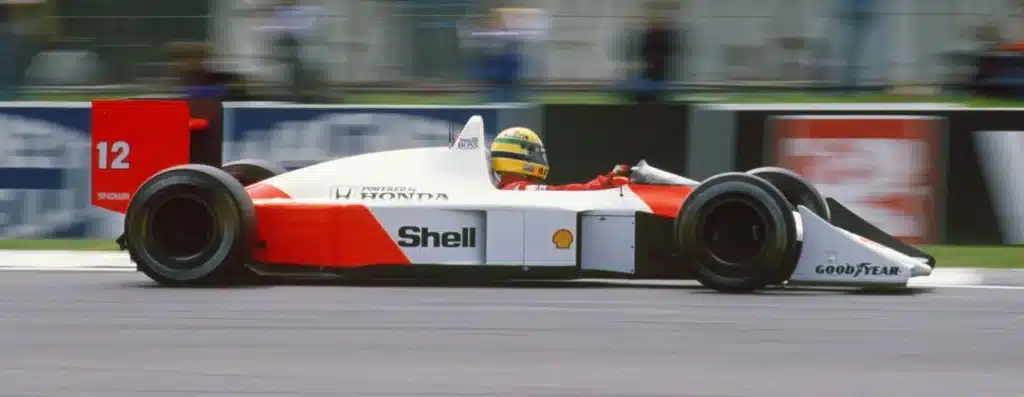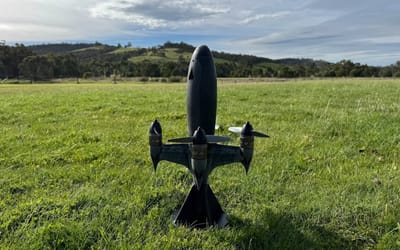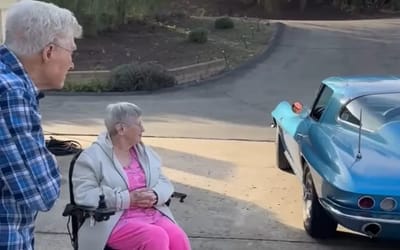F1 rookie blown away by how different vintage race cars are as Alain Prost was reunited with his 1988 McLaren at Goodwood
Published on Jul 18, 2025 at 6:31 PM (UTC+4)
by Henry Kelsall
Last updated on Jul 18, 2025 at 9:06 PM (UTC+4)
Edited by
Amelia Jean Hershman-Jones
F1 rookie Ollie Bearman was blown away by how different vintage race cars were after seeing Alain Prost reunited with his 1988 McLaren MP4/4 at Goodwood.
Bearman was at the Goodwood Festival of Speed with his Haas F1 Team, alongside teammate Esteban.
Four-time world champion Alain Prost was also at the event and drove the McLaren MP/4 from 1988 up the hill. A car that Prost’s late teammate Ayrton Senna won that year’s world championship with.
Bearman was stunned at how different old F1 cars were versus his modern Haas, as he chatted with Prost before they both went up the Goodwood hill.
DISCOVER OUR SUPERCAR AUCTION SITE – View live auctions on SBX Cars
What car was F1 rookie Bearman in awe of?
The car that F1 rookie Ollie Bearman couldn’t take his eyes off was the 1988 McLaren MP4/4.
This was one of the most successful Formula 1 cars ever built.
The McLaren won 15 of 16 races in 1988 and took 15 pole positions too.
McLaren easily won that year’s constructors’ championship, and Ayrton Senna won his first drivers’ title.

Prost himself won seven races that year and finished no lower than 2nd in a Grand Prix.
Senna won eight races in 1988, edging out Prost for the title due to having the best 11 results of that year.
This was when F1 was trying out a slightly different scoring system.
Regarding the MP4/4’s dominance, Formula 1 has rarely seen a car so successful.
Formula 1 cars are vastly different in 2025
Now, Formula 1 cars are hugely different from the F1 cars of 1988.
The MP4/4 got its power from a turbocharged 1.5-liter Honda V6 engine, which made up to 675hp and 313lb-ft of torque in race trim.
Bearman’s current Haas VF-25 uses a 1.6-liter turbocharged-hybrid V6 engine made by Ferrari.
Modern F1 cars are now chucking out close to 1,000hp, and the technology involved is on another level.
Back in the 1980s, F1 teams also had engines reserved exclusively for qualifying.
Ollie Bearman was obsessed with Alain Prost's McLaren MP4/4 🏎️
— Autosport (@autosport) July 14, 2025
(via driversseatwithabs/IG) pic.twitter.com/BzohbAd9KG
Now, teams need to make sure they do not go beyond a limit of 2-3 units per component of the engine.
For example, if a car exceeds its allocation of three internal-combustion engines (the V6 bit), a driver gets a 10-place grid penalty at the next race.
The 1980s really were a different time for the sport!
Click the star icon next to supercarblondie.com in Google Search to stay ahead of the curve on the latest and greatest supercars, hypercars, and ground-breaking technology.
DISCOVER SBX CARS: The global premium car auction platform powered by Supercar Blondie
Henry is a content writer with nearly ten years experience, having written for various publications since 2017. Qualifying with a Sports Journalism degree from Staffordshire University, Henry loves all things automotive but has a particular soft spot for classic Japanese cars and anything Lancia. He also has a curious passion for steam locomotives.




